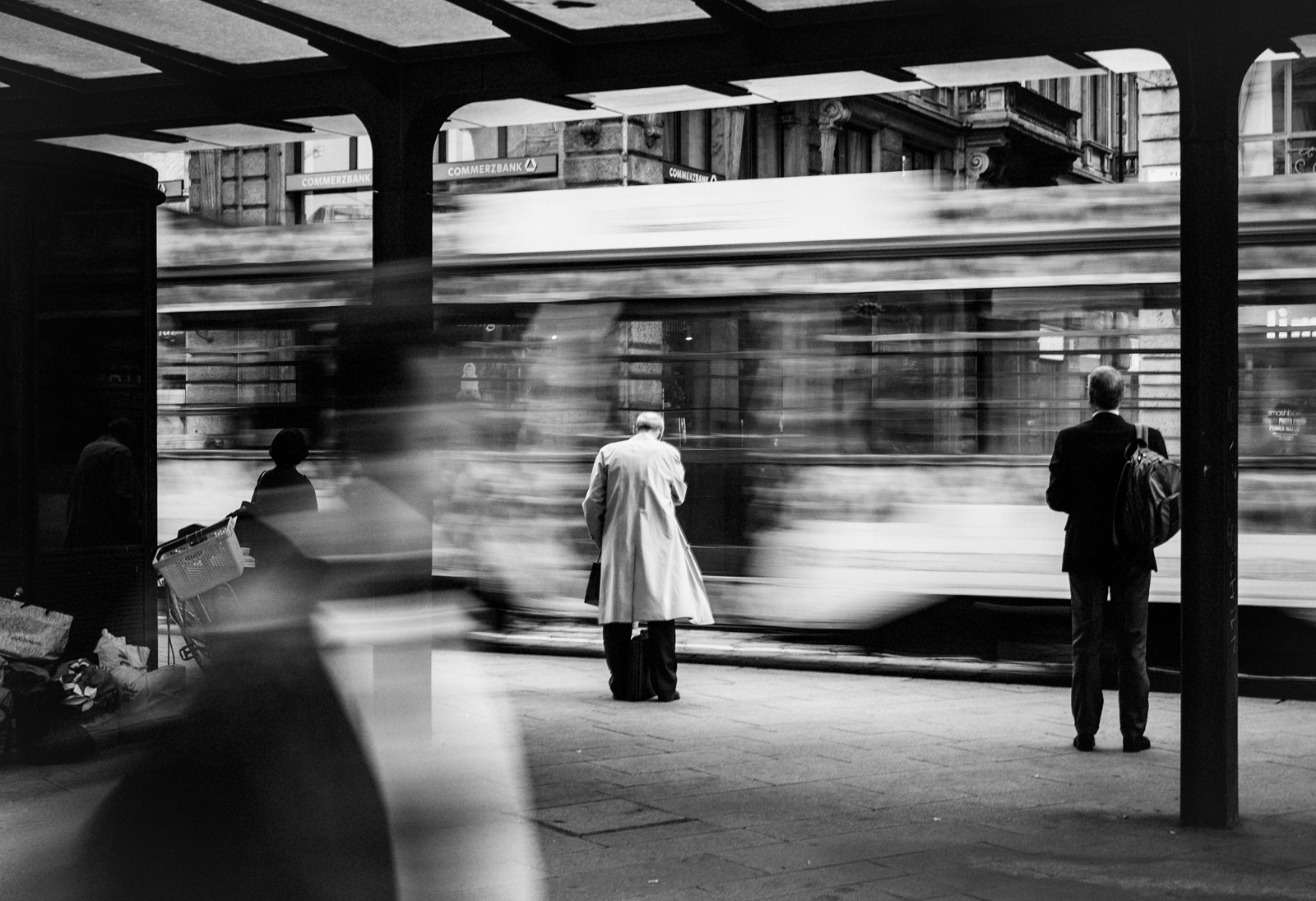Get This Report on Framing Streets
Get This Report on Framing Streets
Blog Article
Little Known Facts About Framing Streets.
Table of ContentsFraming Streets Things To Know Before You Get ThisFraming Streets Fundamentals ExplainedFacts About Framing Streets RevealedThe Only Guide for Framing StreetsThe Main Principles Of Framing Streets Top Guidelines Of Framing Streets
Digital photography style "Crufts Pet dog Show 1968" by Tony Ray-Jones Street digital photography (also often called honest photography) is digital photography conducted for art or inquiry that includes unmediated opportunity encounters and random events within public areas, generally with the purpose of catching pictures at a definitive or touching minute by mindful framing and timing. 
, that was influenced to embark on a similar documents of New York City. As the city created, Atget helped to promote Parisian roads as a worthwhile topic for photography.

The Buzz on Framing Streets
Martin is the very first videotaped photographer to do so in London with a masked try here electronic camera. Mass-Observation was a social research study organisation established in 1937 which intended to record daily life in Britain and to tape-record the reactions of the 'man-in-the-street' to King Edward VIII's abdication in 1936 to wed separation Wallis Simpson, and the succession of George VI. The chief Mass-Observationists were anthropologist Tom Harrisson in Bolton and poet Charles Madge in London, and their first record was produced as the publication "May the Twelfth: Mass-Observation Day-Surveys 1937 by over 2 hundred onlookers" [] Window cleaner at Kottbusser Tor, Berlin, by Elsa Thiemann c. 1946 The post-war French Humanist College professional photographers found their topics on the street or in the diner. Andre Kertesz.'s extensively appreciated Images la Sauvette (1952) (the English-language version was titled The Definitive Moment) promoted the concept of taking a photo at what he described the "definitive moment"; "when type and web content, vision and make-up combined into a transcendent whole" - sony a7iv.
Things about Framing Streets
, then an educator of young children, associated with Evans in 193839.'s 1958 book,, was substantial; raw and often out of focus, Frank's images examined mainstream photography of the time, "tested all the official policies laid down by Henri Cartier-Bresson and Walker Evans" and "flew in the face of the wholesome pictorialism and wholehearted photojournalism of American publications like LIFE and Time".
Report this page